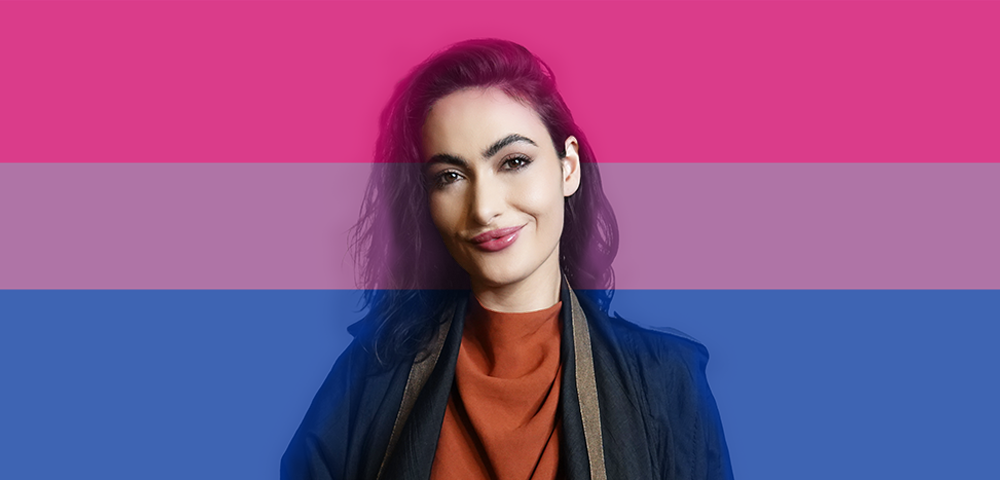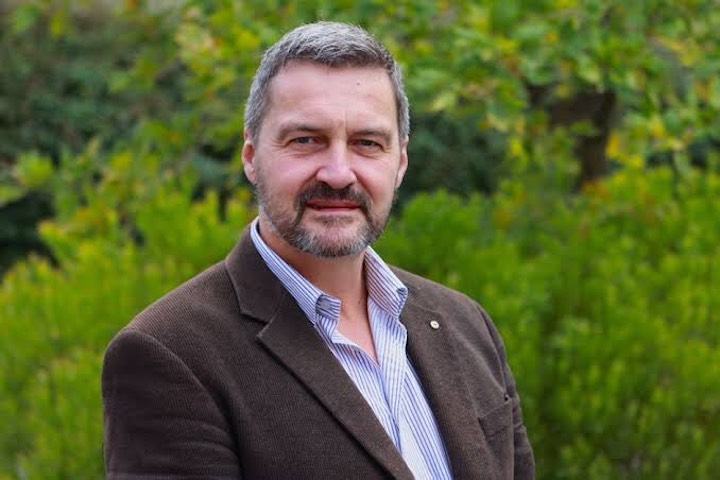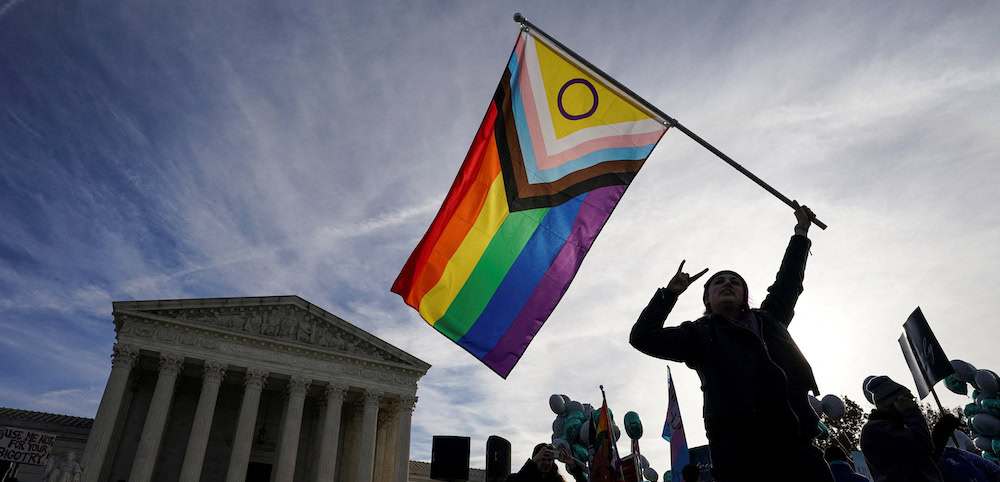
Queer films need your support if you want them to stay

HAVING been in the Festival Director’s role here at the Melbourne Queer Film Festival for 16 years, I’ve seen some massive changes within the queer filmmaking and film festival ‘industry’.
I use the word ‘industry’ almost facetiously as that word implies that money is being made, when in fact the queer film industry (and indeed the film festival industry), barely breaks even for most involved in it.
Some of the most obvious changes revolve around the gradual acceptance of queer culture within many societies (mostly western), which has translated slowly to the increased recognition of queers on the screen (both large and small, but mostly small).
When I started in this role, festival submissions were hard to come by and the quality was somewhat wanting. In putting together a decent-sized festival (30 sessions in those days), I was often faced with including titles that only barely made the grade in terms of production quality.
But at that stage it was important to give audiences as many opportunities to see themselves on screen as possible.
16 years later, we now receive over 700 submissions, and while we still need to wade through some poor-quality films (technology sometimes falls into the wrong hands), it’s much easier to populate a 100-session, 12-day festival that is entirely high quality and has a wide appeal to our eclectic and loyal audience.
A lot of us in the industry rejoiced at the release of Brokeback Mountain back in 2005, thinking that a revolution in high-budget, high- quality, celebrity-laden Hollywood queer films was upon us.
That didn’t pan out at all on the big screen, but did usher in a small revolution in the television industry with a fairly marked increase in queer characters on household screens, which continues today with Modern Family and the new HBO series Looking. Slim pickings still, but it’s nice to have access to ordinary queer characters via Cam and Mitchell on national telly on a Sunday night.
Other major changes in the queer film world have been the increased amount and quality of queer cinema from many parts of South America, Asia, the Nordic countries and even the Middle East.
No longer are we limited to the many independent products from North America, but can offer audiences excellent quality cinema from all over the world, which offer fantastic glimpses of how us queers live outside of Australia.
Our trans communities have also benefited from an increased visibility in the queer film world. Transamerica (2005) didn’t exactly change the world, but it did bring trans issues to the attention of straight folk, and I’m happy to say that from an almost non- existent queer film genre years ago, we now have far more trans films to choose from – and films that don’t just depict the medical transition journey, but films which have great narratives, that just happen to feature trans characters.
What hasn’t changed over all of the years I’ve been involved, is the frustrating dearth of good quality lesbian film.
I could spend this entire issue theorising about why that is, but the short explanation I can offer is: lack of money to make lesbian films within a male-dominated industry, and a lack of a supportive audience for lesbian film. It’s a little bit chicken and egg, Are filmmakers loathe to make good quality (and big budget) lesbian film because they feel they don’t have an audience? Or do the audiences not support lesbian cinema because it’s not to the standard they would like?
Whatever the reason, it’s made for a challenging time trying to find good quality lesbian film, and lesbian film that doesn’t end in tragedy, break-up or death.
Here at the MQFF we shy away from quota systems where an equal number of gay and lesbian films are shown. I think it’s insulting and patronising to a paying audience to include a sub- standard film just because it’s lesbian themed.
Our ticket buyers deserve more than that. But what we’re left with at MQFF central is forever trying to explain to audiences why we have less lesbian films, why some of the lesbian films are so depressing, and then explaining to the festival finance person why the lesbian sessions continue to lose money.
So, for this festival carny, it’s been a great adventure, and I’ve met some incredible people along the way, and seen some inspiring cinema, and some shockers.
Here’s hoping for a blockbuster 2014 MQFF edition, and happy audiences.
Lisa Daniel is the Festival Director of Melbourne Queer Film Festival. Follow them on Twitter: @MQFF. The 24th MQFF is on between March 13-24. Details: here
The Star Observer is a proud media partner of Sydney Gay and Lesbian Mardi Gras.









